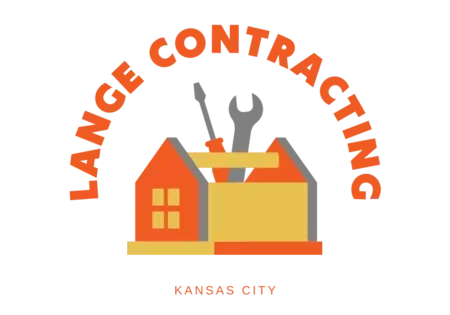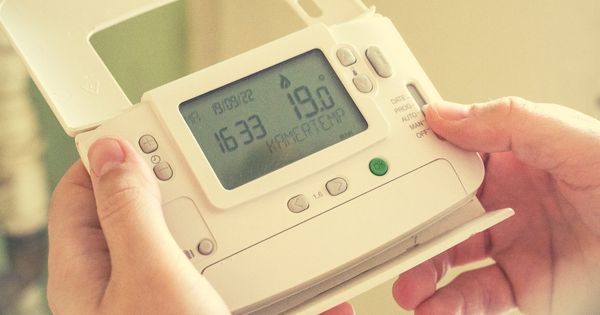If you’re like most homeowners, you’re always looking for ways to save money. One of the best ways to do that is to make your home more energy efficient. But how do you know where to start? That’s where a DIY home energy audit comes in.
Please note: This post contains affiliate links when referring tools or recommending products. For more information on the affiliate relationship please read the affiliate section in our disclaimer.
Download our handy 1-page home energy audit here.
What is an energy audit?
Energy audits can help households looking to reduce their costs and environmental impact. It analyzes the energy use of the building or space. Audits may consider the building’s structure and mechanical systems. From there, the audit can uncover efficiency measures to save money and energy.
Why do an energy audit?
An energy audit helps identify ways to reduce energy use, save money and boost comfort in our homes. It can provide us with data on how much energy we’re using. It also allows us to identify areas where we can improve the efficiency of our home’s energy usage. Evaluating insulation levels and air sealing can cut the amount of air leakage from our home.
Audits can help us focus on repairs or upgrades with the biggest savings. They also show how to cut costs while maintaining a comfortable home environment.
What to expect from a DIY energy audit
A DIY energy audit can help you discover where you’re losing energy. It considers insulation, CFL light bulbs, heating and cooling systems, windows, and appliances. The results should provide an idea of improvements to create better energy efficiency.
Starting the energy audit: What you need
If you are looking to get an energy audit, the first thing you will need to do is prepare. Gather information on your monthly energy use. Include any past bills and inspections you have had done. Additionally, find out whether your area has applicable tax incentives or financing programs.
Create a list of considerations for the final report. This includes any changes you make to water and energy conservation. How much money did you save with these changes? Include any other pertinent suggestions rooted in efficient energy usage.
How to prepare for the energy audit
Preparing for an energy audit can be intimidating, so take it step-by-step. Compile a list of all energy-consuming systems in your house. Develop detailed notes on each one. Consider fuel types used, existing efficiency levels, and regular maintenance schedules. Additionally, collect documentation on any recent upgrades or modifications to existing equipment.
Conducting the audit
Conducting a DIY energy audit around your home is easy and can take one afternoon to complete. Examine the exterior for air leaks, insulation issues and other potential problems. Inside, check all windows and doors for drafts. Examine light fixtures and appliances for efficiency levels. Look for water leaks that may be causing extra energy usage.
Collecting data for the energy audit
Data can come from sources such as utility bills, usage logs and electricity meters. These give you up-to-date information to help you further increase efficiency. Collecting this data alone can often result in quick actionable items!
Checking indoor air quality
We can often overlook the air quality inside our homes. Checking it can go a long way to ensure your home is a healthy, safe environment. Small particles like dust, mold, and pet dander can make us more prone to illness. They can also worsen existing conditions like asthma or allergies. By investing in an indoor air quality check, you can keep track of what’s in the atmosphere and make adjustments
We recommend this LEVOIT indoor air purifier and monitor with Smart Wifi:
This is the Air Purifier and Monitor we use personally. This is an Amazon affiliate link to the product, the price is the same whether you use our link or not.

Examining insulation
Examining insulation is an important step when considering energy conservation. Research the type of insulation as well as its placement and size to cut a building’s heat loss. Materials such as mineral wool, polystyrene and polyurethane foam may need modifications. Insulation options can help you save on energy and make buildings more comfortable.
Analyzing energy bills
Identify any areas where you could save. For example, can you get more energy-efficient appliances? You can also check usage patterns throughout the day and week. Taking the time now to analyze your energy bills may pay off in the long run!
Testing for air leaks
Air leaks can be a costly issue. The most comprehensive way of testing for air leaks is through an infrared scan. This tracks the differences in temperature, detecting any discrepancies and air leaks. This helps you target your efforts rather than trying to fill every crack or crevice. Knowing exactly which areas to seal uses fewer materials and increases energy efficiency.
Analyzing the results
Analyzing the results offers valuable insight into where there is room for improvements. It also explores how best to go about making these changes.
One way to identify problem areas is to consider any recent upgrades. Do you have any new electronics or appliances that could be using too much energy? You could also have your HVAC system serviced and inspected to improve airflow.
Prioritizing energy efficiency upgrades
Take time to determine which energy efficiency upgrades are most important to you. For example, is it easier to reduce energy consumption or update old appliances? Increased insulation or updated lighting fixtures can affect both efficiency and cost. Decide which projects make the most financial sense now.
Benefits of DIY energy audit
Performing a home energy audit can help you save hundreds or thousands of dollars in utility bills. You can also improve your home’s comfort and the value of your property. An audit can help you track progress over time. Soon you’ll be able to make smart investments that focus on reducing long term costs for years to come. In the end, a DIY energy audit could be one of the best investments you make.

